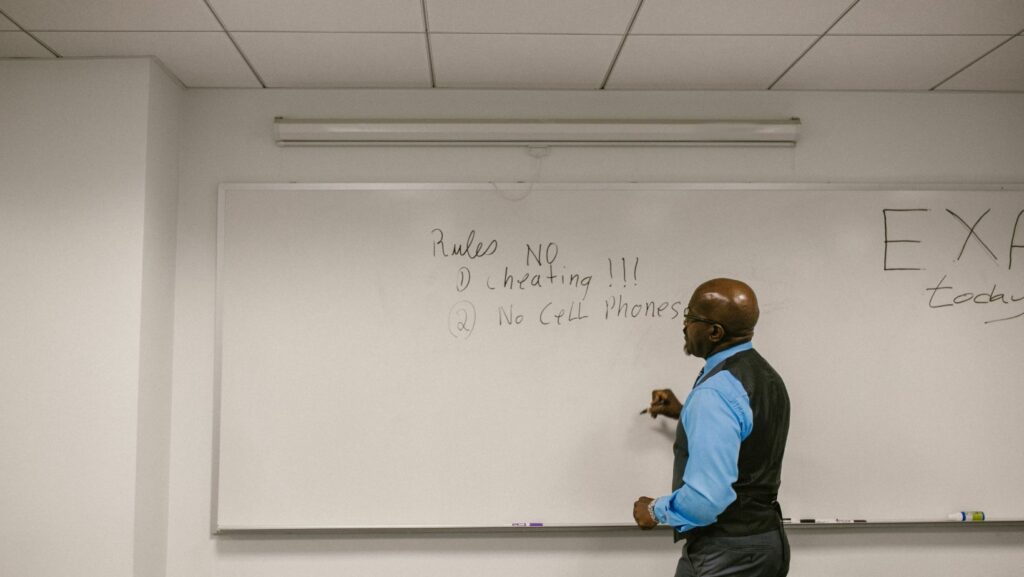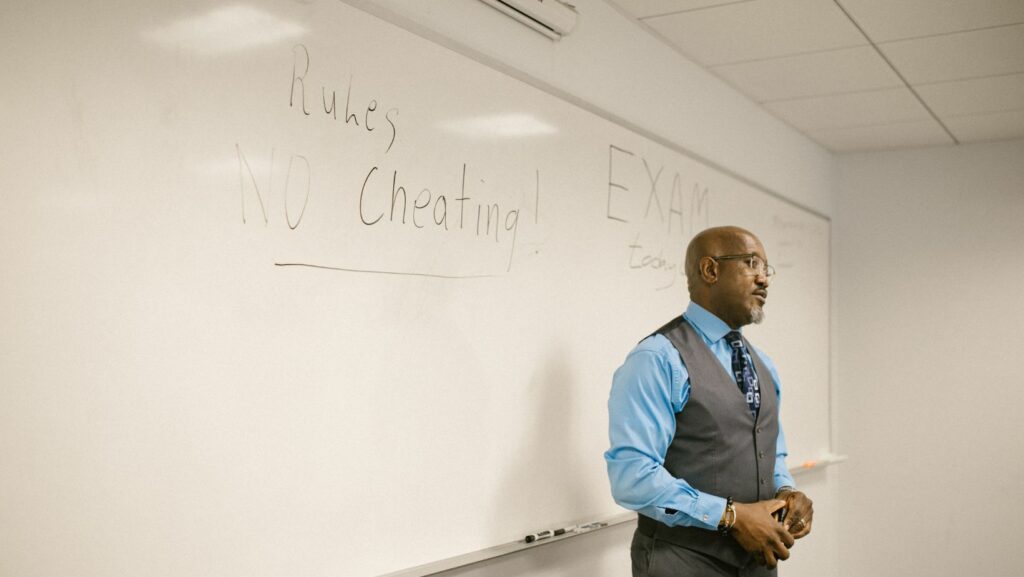College Eligibility Rules

Navigating the maze of college eligibility rules can feel like a full-time job. But don’t worry, it’s not as daunting as it seems. With a clear understanding of these regulations, students can chart a smooth course towards their academic ambitions.
College eligibility rules aren’t just arbitrary hoops to jump through. They’re designed to ensure a fair and equitable academic environment. Whether you’re a high school student eyeing your dream university or a college athlete striving to maintain your scholarship, these rules are the roadmap to your future.
Stay tuned as we unpack the complexities of college eligibility rules, helping you make sense of the regulations that shape your educational journey. This article will serve as your guide, helping you navigate the intricate world of college eligibility with confidence and ease.
Understanding College Eligibility Rules
Grasping the essence of college eligibility rules empowers students, especially aspiring college athletes, to chart a successful course through academics and athletics. By understanding each facet, you’ll be ready to tackle every obstacle and opportunity thrown your way.
The Fundamental Criteria for Eligibility

The underpinning of the academic eligibility criteria rests on a trio of factors: Grade Point Average (GPA), Standardized Test Scores, and Core Courses. Preparing academically by satisfying these three key areas stands paramount:
- Grade Point Average (GPA): It represents the overall score a student gets from their grades in high school. It’s a barometer of academic performance, with colleges often setting a minimum threshold for eligibility.
- Standardized Test Scores: It refers to SAT or ACT scores that colleges use as another measure of academic ability. Results hinge on a student’s mastery of English, math, reading, and science.
- Core Courses: These are crucial subjects emphasized by colleges. Depending on the university, this could include science, mathematics, English, and social sciences.
Satisfying these fundamentals makes a student’s application considerably more robust, paving the way to their dream colleges as well as facilitating their athletic pursuits.
Key Differences Between Divisions

The National Collegiate Athletic Association (NCAA) includes three divisions: Division I, II, and III, each of which has distinct eligibility requirements. Here’s what sets them apart:
Division I: It hosts the most competitive athletic programs. With its tenacious stipulations, prospective student-athletes must complete 16 core course requirements, maintain an established minimum GPA and achieve specific SAT or ACT scores.
Division II: Here, the standards are a tad less stringent but still challenging. The requirement list specifies 16 core courses, like Division I, but the GPA and SAT/ACT score requirements aren’t as strict.
Division III: It carries different dynamics with eligibility hinged more on the individual college’s admission requirements rather than the NCAA’s eligibility standards.
Understanding these differences plays a critical role in choosing the best fit and maintaining eligibility throughout a student’s college career.
Impact of Eligibility Rules on Student-Athletes
Athletic Scholarships
Athletic scholarships provide considerable assistance to student-athletes, helping them manage financial strains associated with college education. However, maintaining scholarship status often involves adhering to stringent eligibility conditions set forth by college bodies such as NCAA, NAIA, and NJCAA. NCAA Division I and II athletes, for instance, have to retain full-time enrolment status, demonstrating an annual progression rate to continually qualify for their scholarship. Such scenarios highlight the interconnectedness of athletic scholarships with college eligibility rules.
Academic Requirements
Academic requirements pose a significant facet of eligibility rules. These conditions mandate student-athletes to maintain a minimum GPA, which varies across divisions and institutions. For example, NCAA Division I athletes need a 2.3 GPA, while those in Division II need a 2.2. To put it in perspective, neglecting academic commitments can jeopardize an athlete’s college career, even if they excel in the sports field. Hence, student-athletes bear the dual pressure of matching up to academic and athletic standards to maintain their college eligibility.
Balancing Sports and Education
Balancing sports and education forms a crucial aspect of a student-athlete’s life, directly correlating to college eligibility. Strict attendance policies, coupled with constant academic assessments, add to the existing pressures of intensive training sessions, competitive matches, and out-of-town tournaments. Failures in maintaining this equilibrium can result in a student-athlete’s ineligibility. Consequently, it amplifies the significance of time management and self-discipline in a student-athlete’s life, echoing the profound impact of eligibility rules on their college experience.

